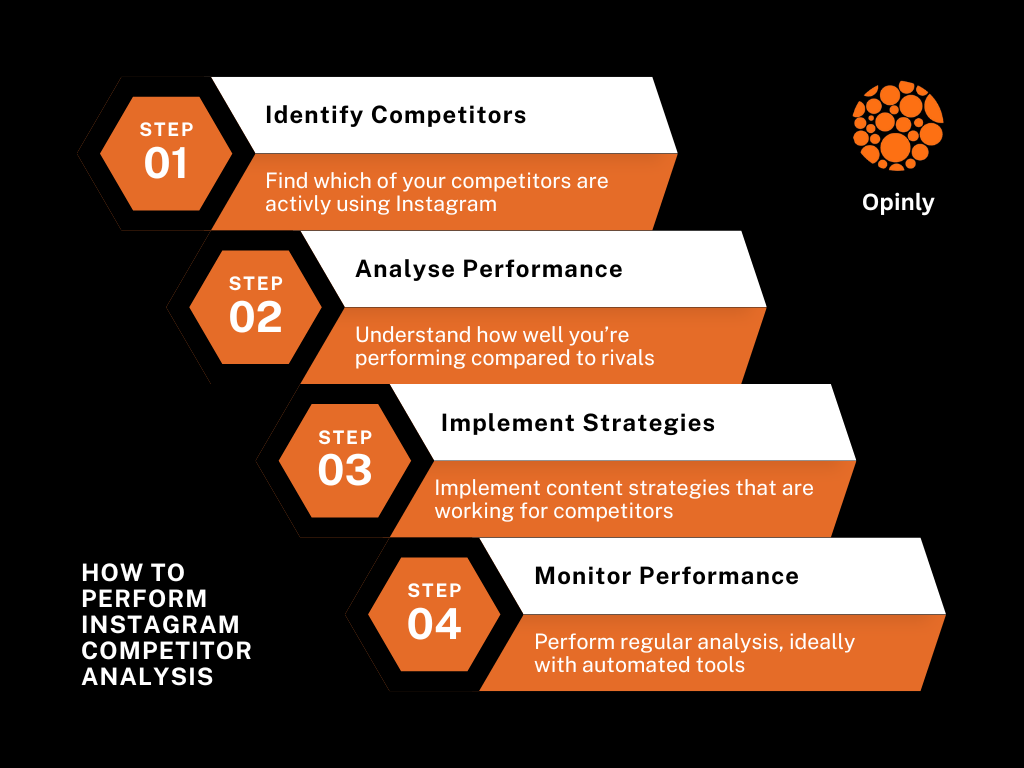Understanding Content Pruning in SEO
Content pruning is the strategic process of evaluating and removing low-quality or outdated website content to enhance SEO performance. Identifying and addressing underperforming pages can improve user experience, boost search rankings, and maintain a more effective online presence.

One essential practice in the world of SEO is content pruning which involves systematically evaluating and removing or consolidating low-quality, outdated, or irrelevant content to enhance a site's overall performance in search engines. In this blog post, we will explore what content pruning is, why it's important, and how to implement it effectively.
What is Content Pruning?
Content pruning refers to the strategic process of identifying and removing content that does not contribute positively to your website's goals or that fails to engage your audience. The primary objective is to improve user experience, bolster search engine rankings, and ensure that the content aligns with the needs of your target audience.
Key Aspects of Content Pruning
Identifying Low-Performing Content
The first step in content pruning is to analyze your existing content to identify underperforming posts or pages. This includes assessing metrics such as:
- Bounce Rates: High bounce rates can indicate that visitors are not finding the content helpful.
- Engagement Levels: Look for low comment counts, social shares, or time spent on the page.
- Traffic Reports: Pages with minimal traffic might not be relevant to your audience.
- Outdated Information: Content that is no longer accurate or timely can detract from your site's authority.
Evaluating Content Quality
Not all low-traffic content is without value. Assess whether the content still holds relevance for your audience. Instead of outright deletion, consider updating or enhancing this content. For example, you could:
- Add new information and statistics.
- Improve readability and structure.
- Incorporate updated keywords to optimize for SEO.
SEO Benefits
Pruning your content not only improves the quality of your site but also enhances its SEO performance. Search engines favor high-quality, relevant content. By removing or consolidating poor quality pages, you signal to search engines that your website is focused on delivering value, which can positively impact your rankings and visibility.
User Experience
A website filled with clutter and outdated information can frustrate visitors. Effective content pruning creates a more streamlined experience by providing relevant and high-quality information. Benefits include:
- Improved navigation and readability.
- Higher engagement rates due to more relevant content.
- Reduced bounce rates as users find what they're looking for more easily.
Redirects
When you eliminate content, it's important to manage URL redirects properly. Implementing 301 redirects will help preserve any existing traffic and authority tied to those pages. Redirecting users and search engines to the most relevant content ensures a smooth transition, maintaining user experience and SEO value.
Regular Maintenance
Content pruning is not a one-time task; it should be integrated into your regular website maintenance routine. Periodic audits help ensure that the content remains relevant and aligns with industry standards. A good practice is to schedule audits every 6-12 months.
Conclusion
In conclusion, content pruning is a vital practice for maintaining a healthy and effective website. Systematically assessing and refining your content can significantly enhance your SEO performance and deliver an enriched user experience. This practice allows marketers and website owners to focus on providing valuable and relevant content to their target audience while optimizing for search engines. Embrace the process of content pruning, and watch your website flourish.




